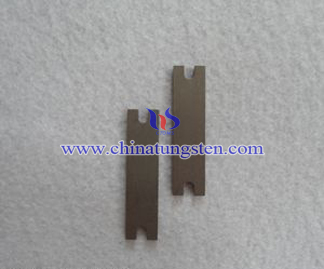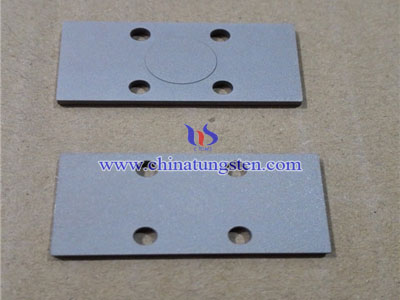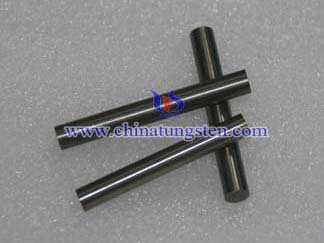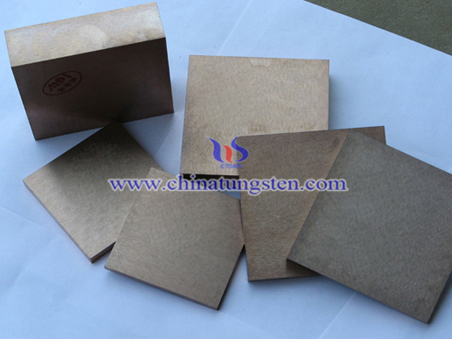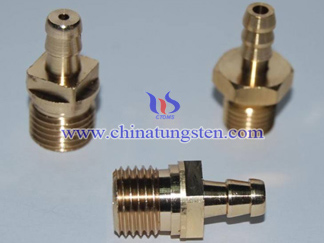Heat Spreader Types
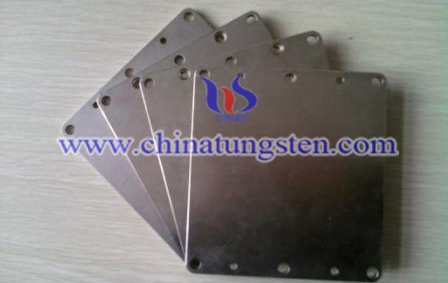
Usually, there are different kinds of heat spreader.The composite of a heat spreader can be tungsten copper alloy, copper molybdenum alloy or copper-moly-copper alloy.
Cu/MoCu sheets have very high in plane conductivity provide by layers of copper and low thermal expansion provided by the inner layer of molybdenum. These laminated sheets have the ability to spread the heat from a concentrated heat source and then dissipate the heat through the layers. They Also:
• Offer an economical solution to many applications
• Will not delaminate and can resist repeated 850° C cycles
• Available in several standard ratios and many thicknesses for tailored TE machining
• Are lower weight than WCu composite materials
• Are available in larger and thinner sheet size
• Utilize copper that is easily plated
• Can be machined by EDM
WCu composites are made by infiltrating, under vacuum, uniform controlled porous blocks of tungsten with molten copper. This results in a material with an interconnected copper matrix that has high thermal conductivity in all axis, low thermal expansion, and good electrical conductivity, Copper content can range between 10% and 25%.
MoCu alloys are made by sintering molybdenum and copper together. This results in a heat sink of lower density, low CTE and excellent thermal conductivity. Other features include:
• Sheets can be stamped when moly is less than 70%
• Non magnetic
• Relatively low density
• Can be gold or nickel plated

